Ladies and gentlemen, hold onto your periscopes, because we’ve got a real treat for you today. Our website owner here has made a 3D model of the infamous Red October submarine. Yes, you heard that right. The submarine that almost started World War III, but with a funny twist.
Now, I know what you’re thinking. “Why on earth would someone make a 3D model of a Russian submarine that doesn’t even exist?” Well, dear website visitors, I’ll tell you why. It’s because our website owner here has a serious obsession with all things submarine-related. And who can blame him? Submarines are basically like underwater spaceships, and who wouldn’t want to make a model of that? Before the model, lets talk about the movie first.
In 1990, Hollywood brought us the classic Soviet submarine thriller, “The Hunt for Red October.” Starring Sean Connery as a Russian submarine captain and Alec Baldwin as a CIA analyst, the film was a gripping Cold War tale of espionage and intrigue. But let’s be honest, it was also pretty darn funny.
For starters, the accents in this movie are absolutely hilarious. Sean Connery, a Scotsman, plays a Russian submarine captain who speaks English with a thick Scottish brogue. Meanwhile, Baldwin, an American, tries to sound like a Bostonian CIA analyst. The result is a lot of “Yahd” and “Cah” and “Pahked Cahs” that will have you giggling like a school kid.
But it’s not just the accents that make “The Hunt for Red October” such a comedic masterpiece. The film also has some truly ridiculous plot points. For example, at one point, the Russian submarine actually hides itself in the underwater canyons of the Atlantic Ocean. Because apparently, submarines can just disappear in a few hundred feet of water, no problem.
Continue reading for downloading the single piece hi rez STL. There is also a multi-piece version for easy printing and obtaining a model with animated parts, opening missile silo doors, escape pods, dive planes, propellers. You can get it from here. We also have a 1.2m R/C compatible model, here it is.
Read More Pages: 1 2 3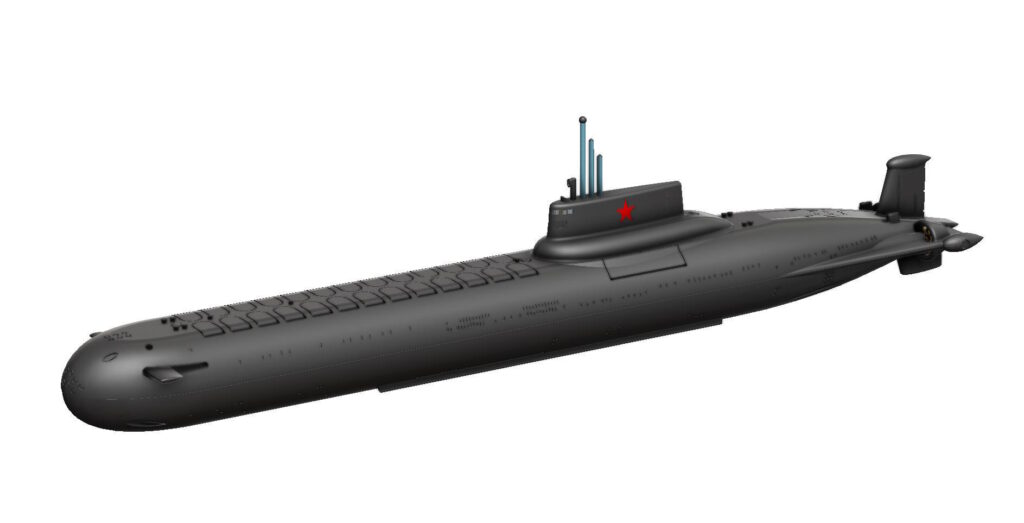



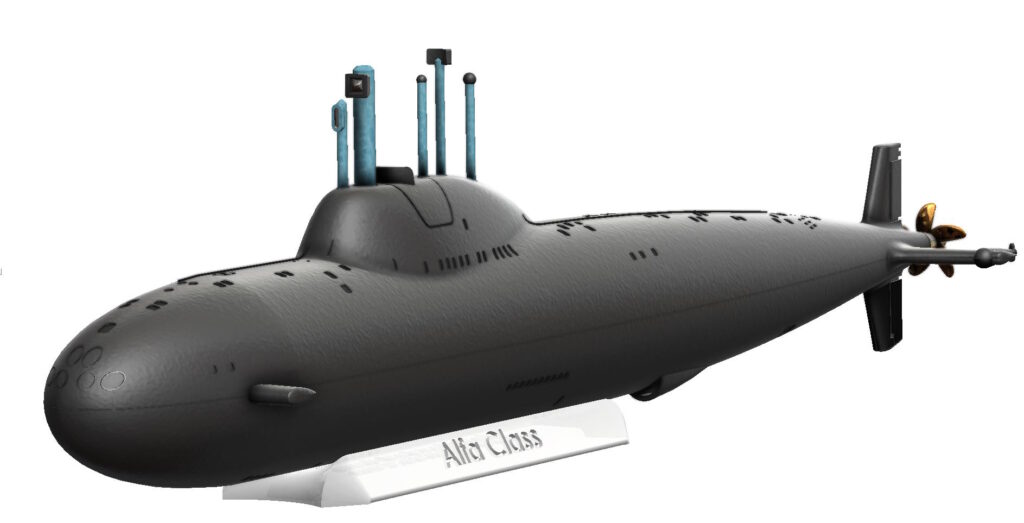

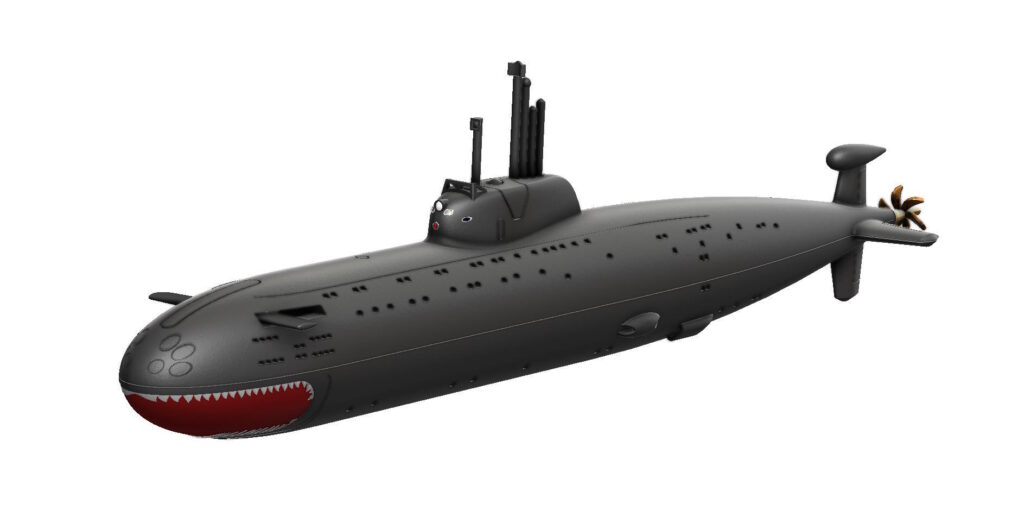

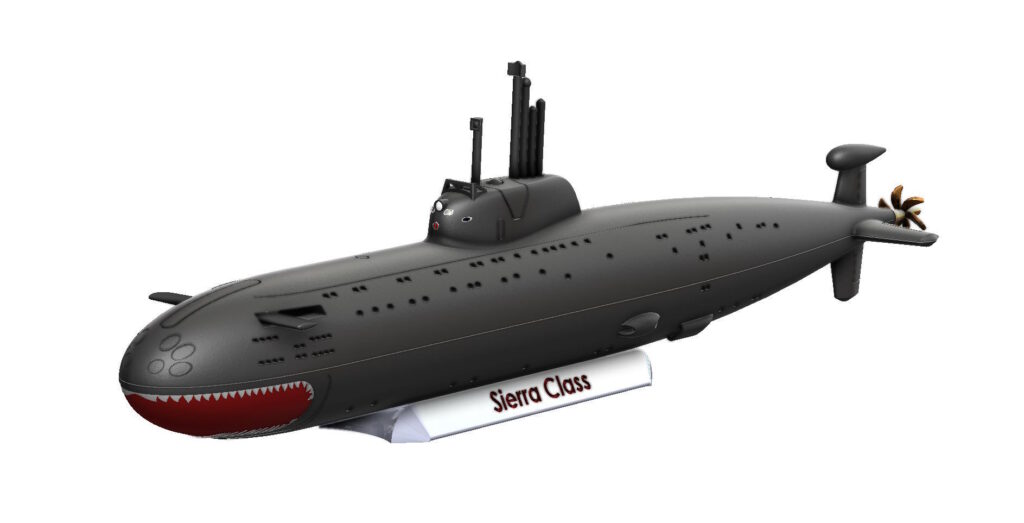
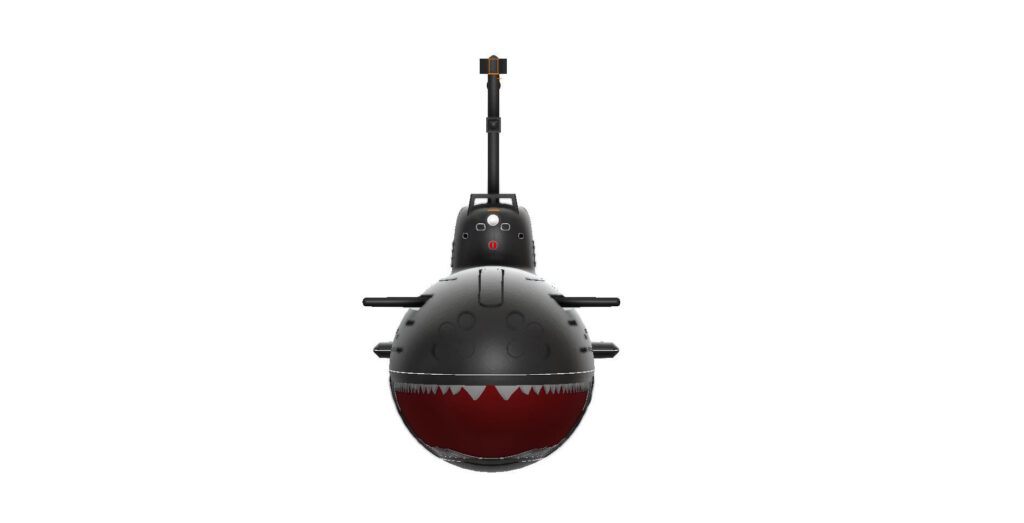
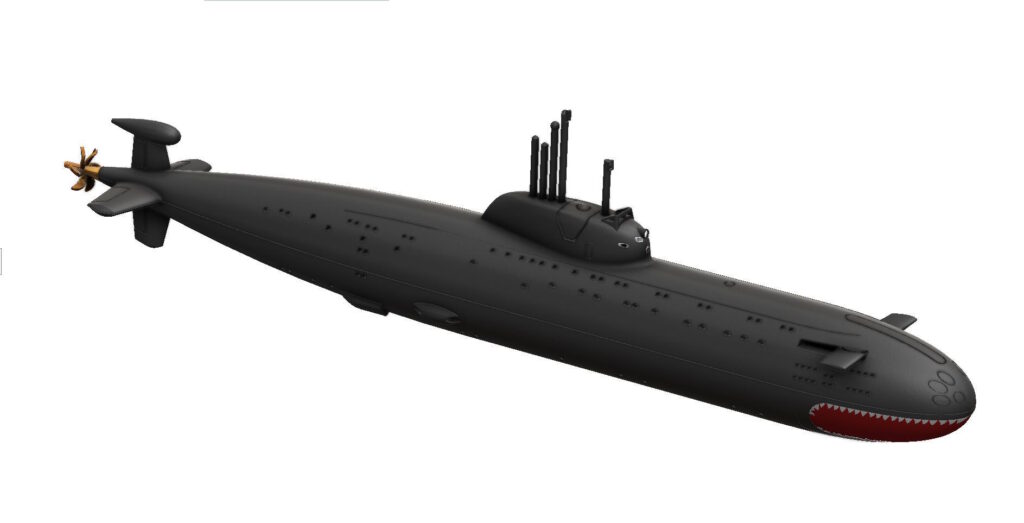
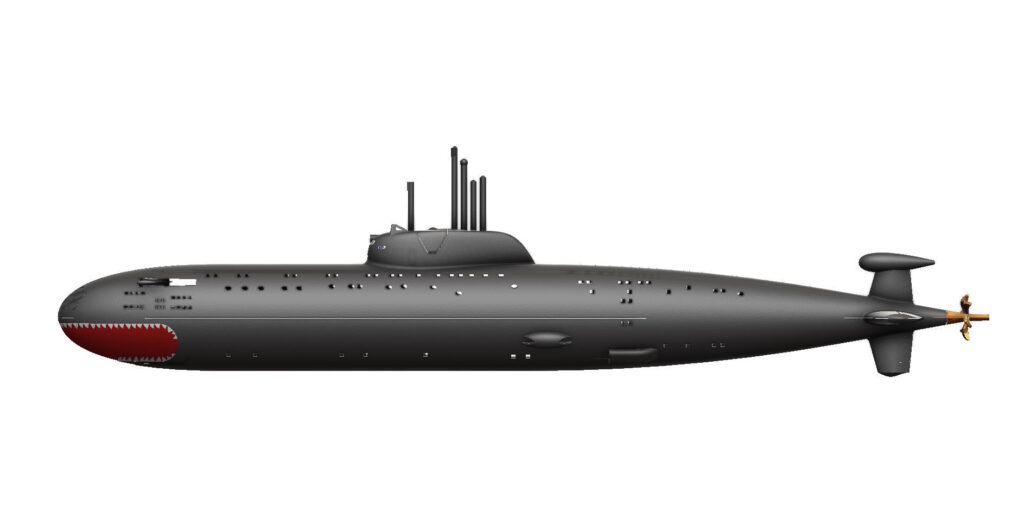
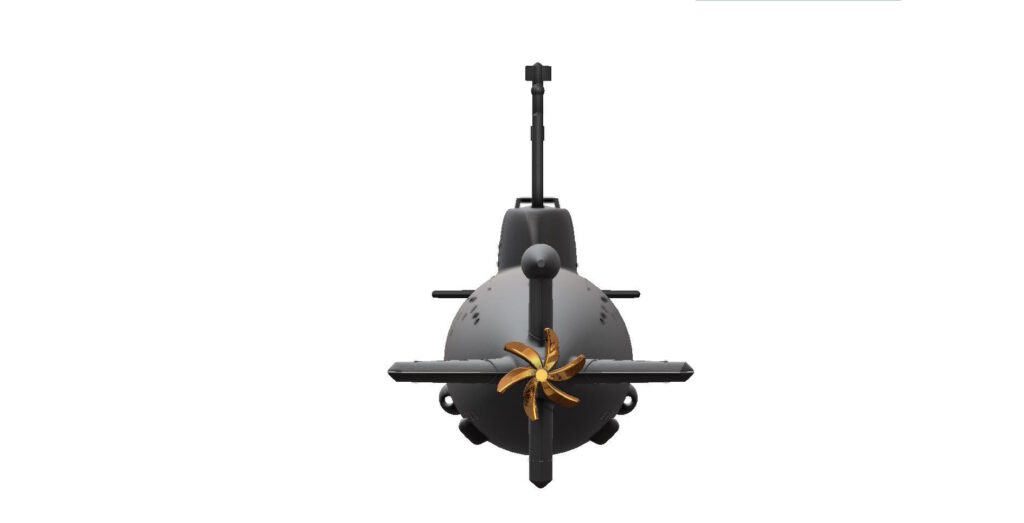
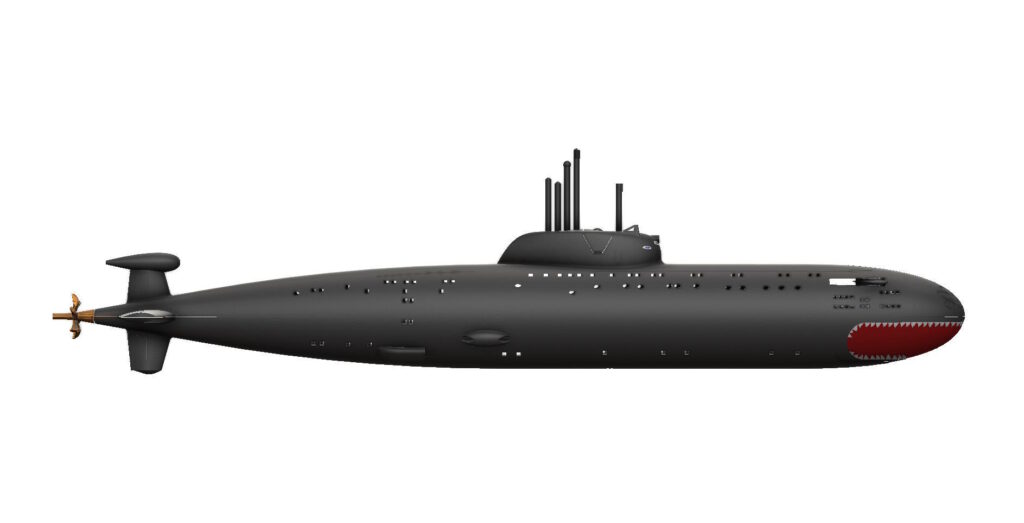
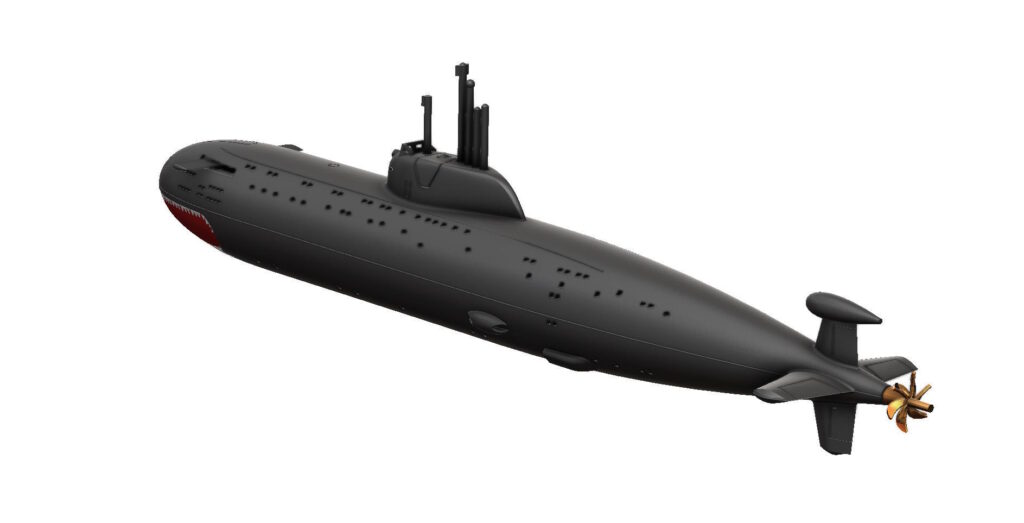
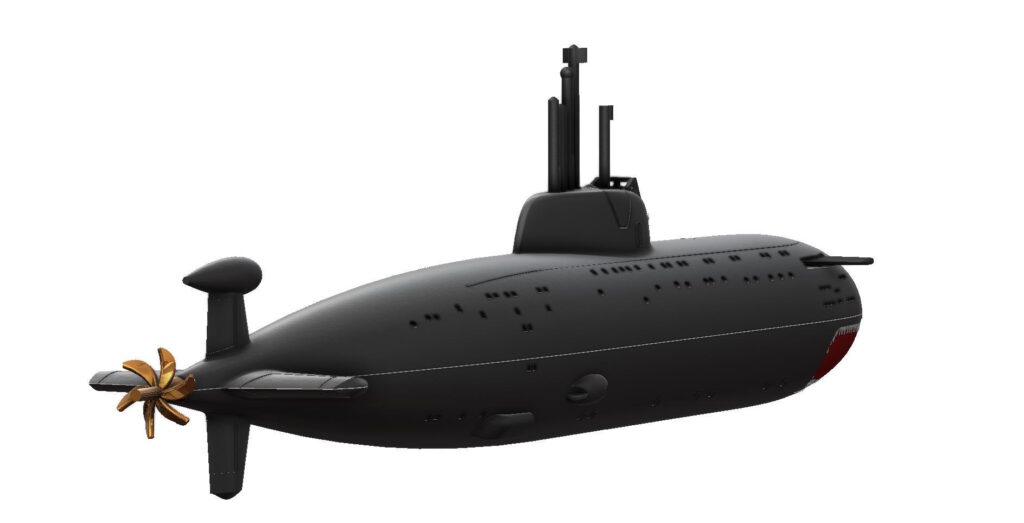
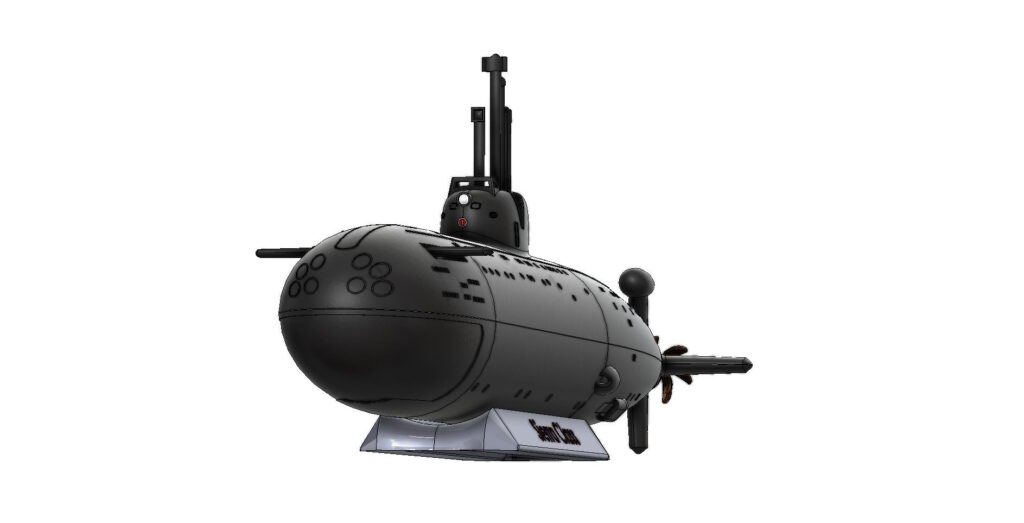
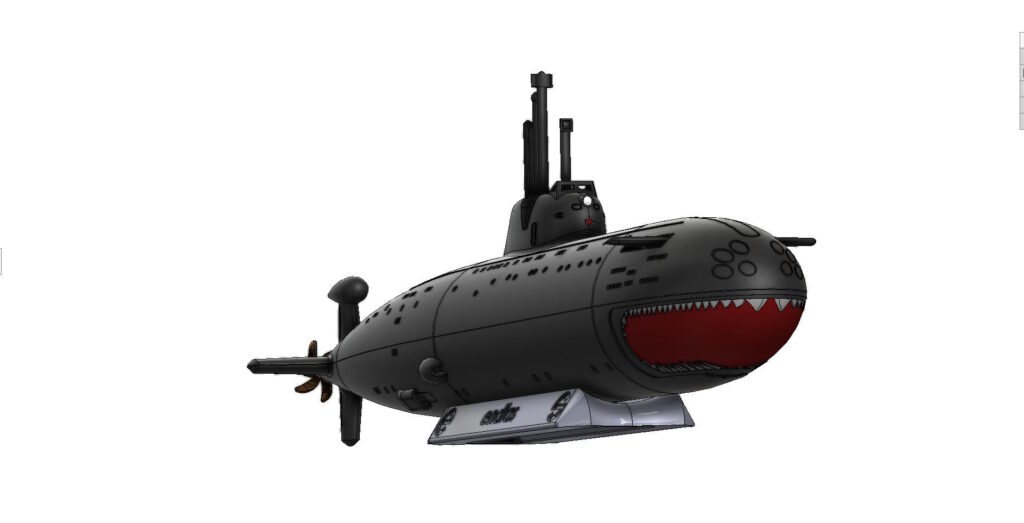

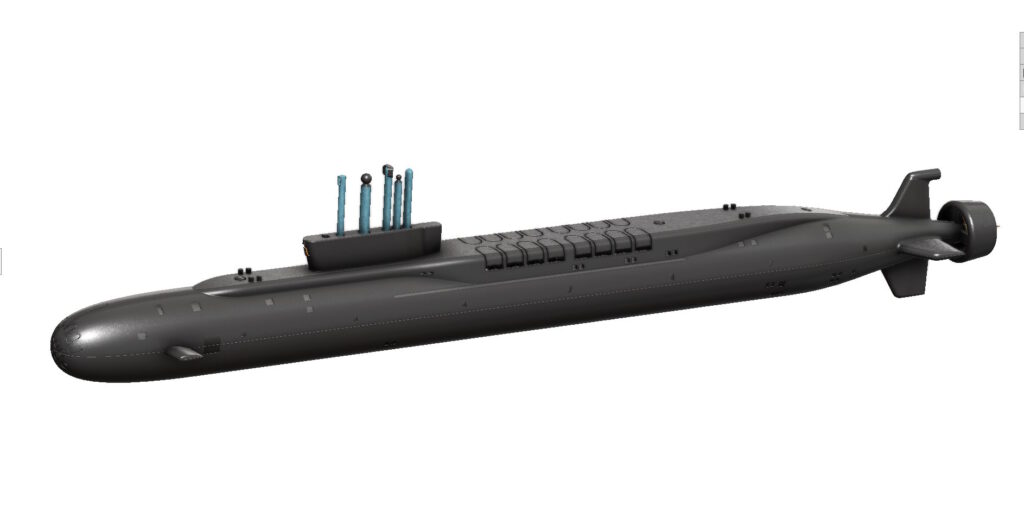


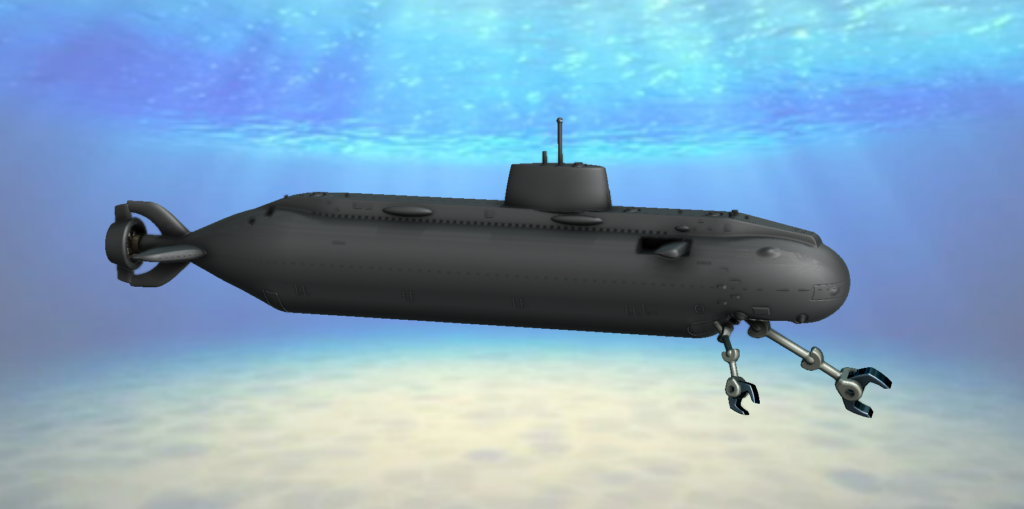
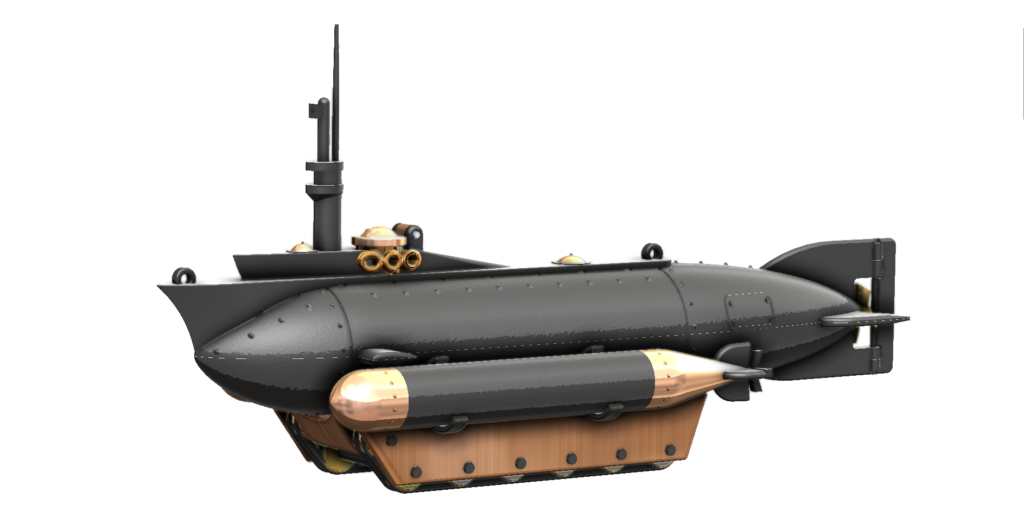

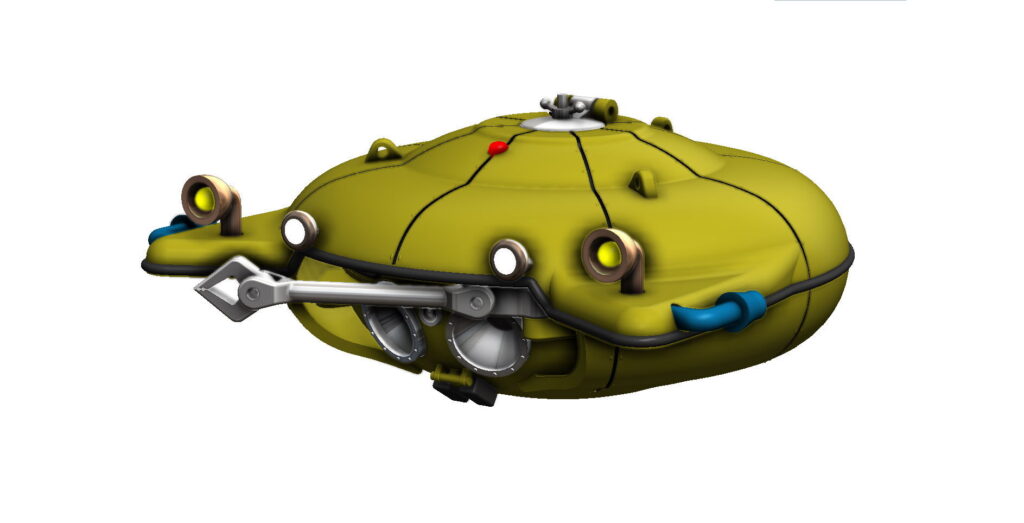





 Users Today : 4
Users Today : 4 Users Yesterday : 73
Users Yesterday : 73 Users Last 7 days : 351
Users Last 7 days : 351 Views Today : 4
Views Today : 4 Views Yesterday : 131
Views Yesterday : 131 Views Last 7 days : 973
Views Last 7 days : 973 Total views : 1321217
Total views : 1321217 Who's Online : 0
Who's Online : 0